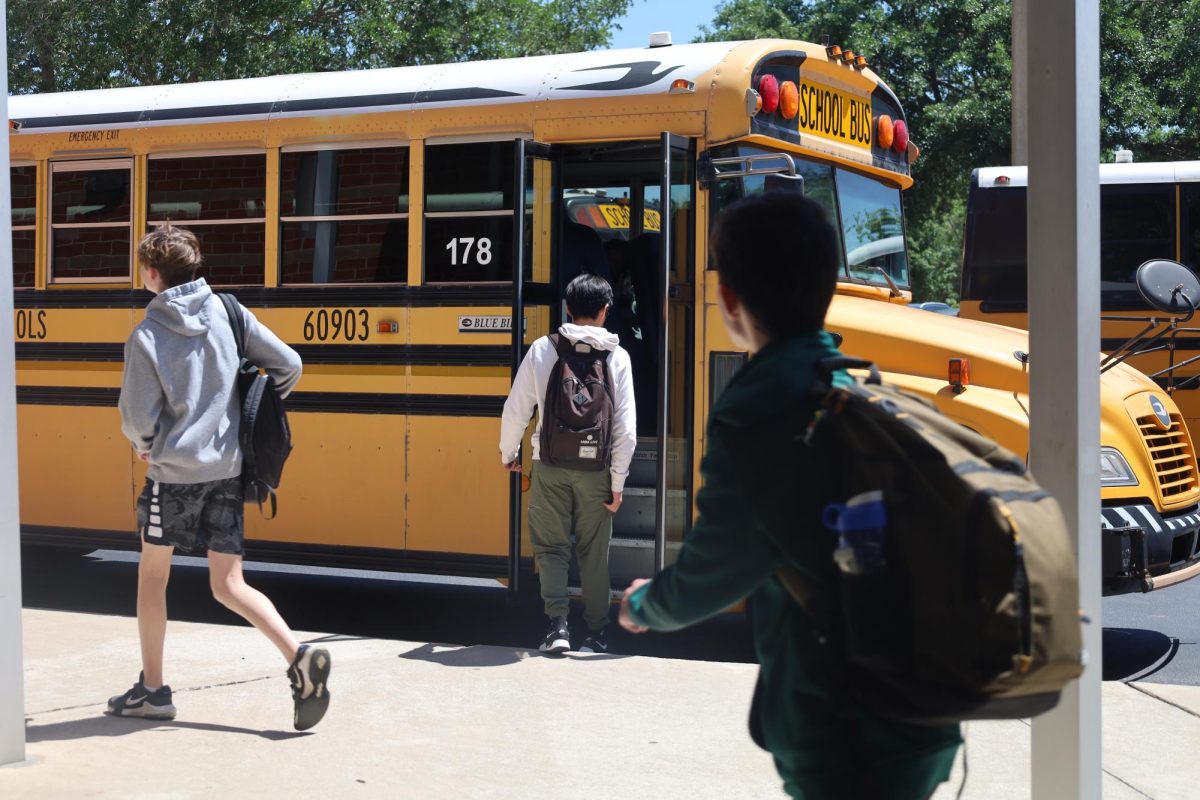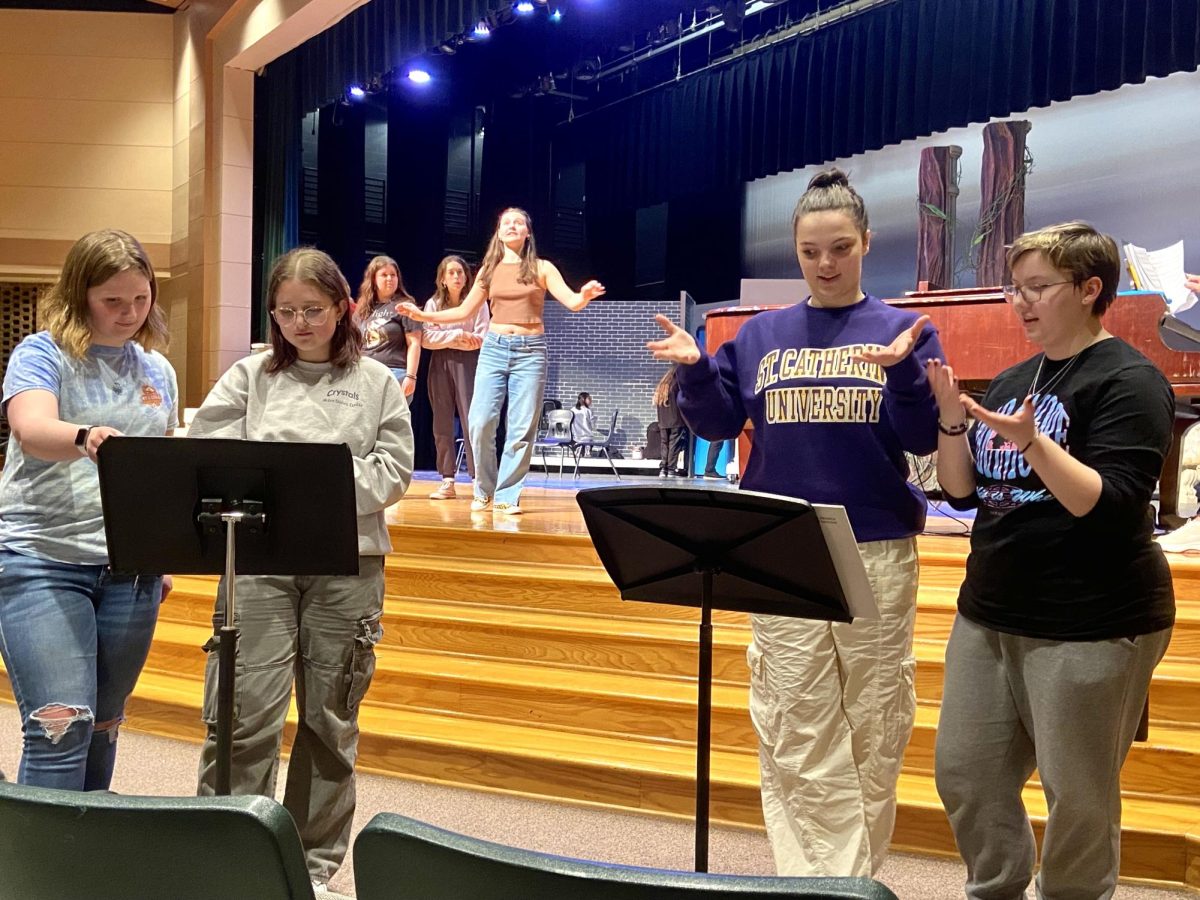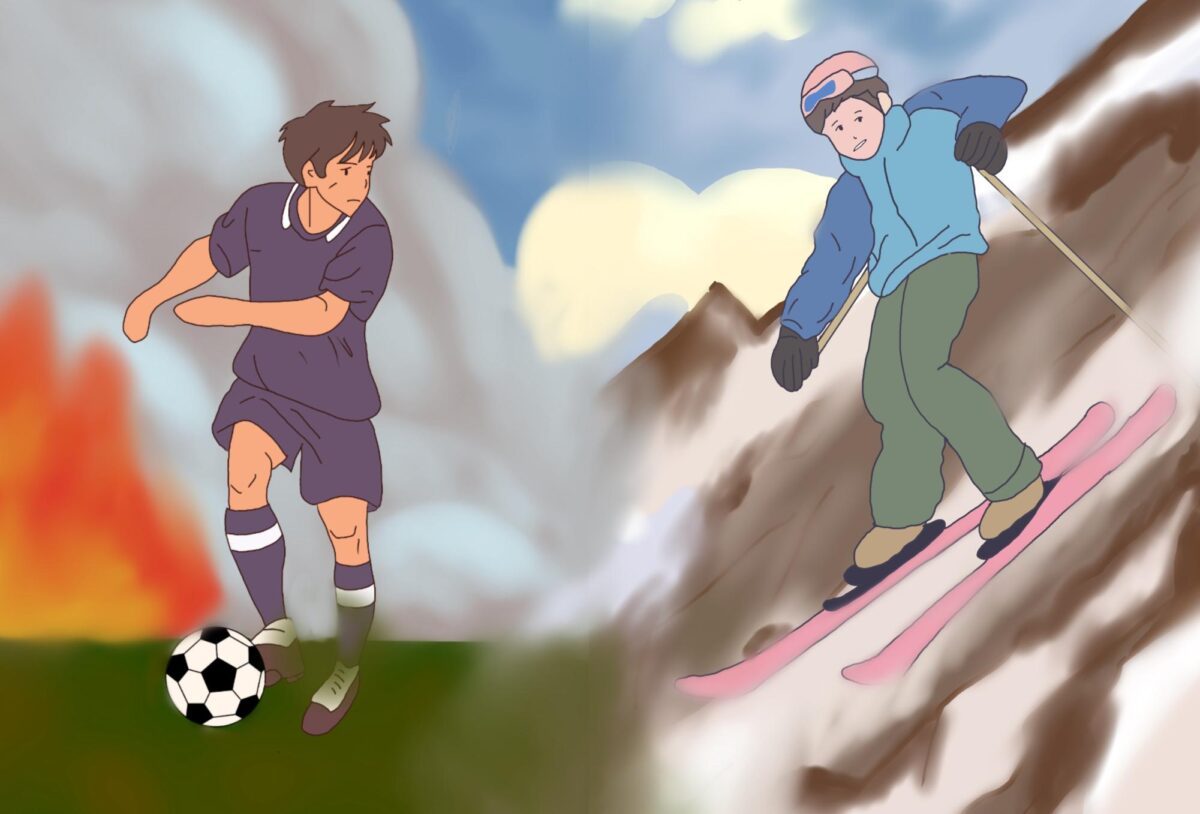Temperatures fluctuate, rising and falling by unprecedented degrees. Wildfire smoke fills the air. Sports practices are canceled. These realities may seem apocalyptic, but it remains true that outdoor sports face an imminent risk of decline — and climate change is the culprit.
Climate change significantly impacts sports, with temperature changes reshaping the way outdoor athletes practice and compete. Upper school math teacher Chris Davies, an ice hockey player and occasional skier, notes the dire state of outdoor sports in the face of climate change.
“Athletes outdoors are going to be challenged and frustrated,” Davies said. “People who are surfing are going to find more dangerous conditions and tidal surges, and people who run are going to find more drought and temperatures in the triple digits. People who rely on snow might have years where there’s not much snow.”
Snowfall’s decline over the past few years is attributed to more rain falling instead of snow due to global warming, which causes the melting of snow before it reaches land. The global decrease by nearly 2 feet in snow since 1950 challenges and raises concerns for winter sports.
For upper school long-term biology substitute teacher Kayo Hartenbaum, a regular winter backpacker and snow camper, the diminished snowfall carries disastrous effects. In recent years, the unpredictability of snow availability hindered her trip schedules.
“Aside from being inconsistent in terms of the snow quality, or what time of year it happens, you could get less snow in different places over time,” Hartenbaum said. “Some locations are getting less than places that wouldn’t have previously really been expected to get as much snow. There’s just been a lot of different situations.”
The snow gets really slushy, and overnight, ice is back again. It’s really icy the next day, which is a little bit harder to navigate as a skier
— Naiya Daswani (11), skier
Greenhouse gasses and human activities are the main contributors to Earth’s consistent warming. Due to the increase of two degrees Fahrenheit since 1880, ice is also melting across the globe. Skier Naiya Daswani (11) highlights the significant hazards that accompany this change.
“When I was younger, the problem was that it was too cold and snowy, and so it was difficult to go out,” Naiya said. “But recently, the problem’s changed, where there’s shorter seasons or it’ll be really hot during the day. The snow gets really slushy, and overnight, ice is back again. It’s really icy the next day, which is a little bit harder to navigate as a skier.”
The peak times for winter sports lie between December and February; however, projections from NASA researchers indicate a potential decrease in this winter window. Their visualization of seasonal durations over the year predicts that in 2100 the winter season may dwindle significantly, only lasting from December to mid-January. As the climate starts to favor the summer season, winter sports players have to grapple with determining the best time to practice, both recreationally and competitively.
The earth is warming and zones that have cold winters that are conducive to snowfall, like New England or Colorado might really dwindle,” Davies said. “We might have to go to Canada to find snow eventually.”
But snow isn’t the only factor that can affect athletes. Per capita exposure to fine particle smoke pollution alone has already doubled from 25 million people in 2020 to 50 million people in 2023. The average number of wildfire smoke days peaks in the westernmost parts of the U.S. including California, Oregon, Arizona, Texas, Louisiana and Florida with 90 to 111 total smoke days per year.
Athletes should be able to be flexible in terms of deciding to go to a different location, which may not be as easy as it sounds. The world just is not what you would expect for athletes
— Kayo Hartenbaum, upper school long-term biology substitute teacher
Sports practices and games are being canceled more frequently due to the deteriorating air quality. But when events are not canceled, athletes face the dangers associated with exercising in polluted air. Student-athletes like soccer player MacEnzie Blue (10) are hit hard by the effects of smoke.
“Last year, we had a practice in the smoke, and I know we weren’t playing as well as we usually do,” she said. “The next practice was canceled, and we definitely missed a couple of chances to play more soccer, which was difficult for the team.”
The evolving climate demands a more proactive approach from outdoor sports players. According to Hartenbaum, this includes remaining flexible and adapting to their surroundings as they navigate through new training conditions.
“Athletes should stay on top of weather conditions as they come,” Hartenbaum said. “They should be able to be flexible in terms of deciding to go to a different location, which may not be as easy as it sounds. The world just is not what you would expect for athletes.”
This story was originally published on Harker Aquila on January 11, 2024.






![It was definitely out of my comfort zone to get [the dress] and decide I loved it enough not to wait and risk not having something that memorable.](https://bestofsno.com/wp-content/uploads/2024/04/Precious_20180902_JRS_00008_ed1.jpg)


![Sophomore Sahasra Mandalapu practices bharatanatyam choreography in class. These new dances will be performed in an annual show in February. Mandalapu found that practicing in class helped her overcome stage fright during her performances. “When [I] get on stage, Im nervous Im going to forget, even though Ive done it for so long,” Mandalapu said. “Theres still that little bit of stage fright [when] I second-guess myself that I dont know it enough, but I do because Ive been practicing for a whole year.”](https://bestofsno.com/wp-content/uploads/2024/05/Sahasra-6-Large-1200x844.jpeg)

![In their full runway outfits, (from left) Audrey Lee 25, Olivia Lucy Teets, 25, Fashion Design teacher Ms. Judy Chance, and Xueying Lili Yang pose for a photo. All three girls made it to Austin Fashion Week by getting in the top 10 in a previous runway show held by Shop LC.
[I like my students] creativity and how they can look at a fabric and make it their own, Ms. Chance said.](https://bestofsno.com/wp-content/uploads/2024/04/IMG_9686-e1714088765730-1129x1200.jpeg)














![IN THE SPOTLIGHT: Junior Zalie Mann performs “I Love to Cry at Weddings,” an ensemble piece from the fall musical Sweet Charity, to prospective students during the Fine Arts Showcase on Wednesday, Nov. 8. The showcase is a compilation of performances and demonstrations from each fine arts strand offered at McCallum. This show is put on so that prospective students can see if they are interested in joining an academy or major.
Sweet Charity originally ran the weekends of Sept. 28 and Oct. 8, but made a comeback for the Fine Arts Showcase.
“[Being at the front in the spotlight] is my favorite part of the whole dance, so I was super happy to be on stage performing and smiling at the audience,” Mann said.
Mann performed in both the musical theatre performance and dance excerpt “Ethereal,” a contemporary piece choreographed by the new dance director Terrance Carson, in the showcase. With also being a dance ambassador, Mann got to talk about what MAC dance is, her experience and answer any questions the aspiring arts majors and their parents may have.
Caption by Maya Tackett.](https://bestofsno.com/wp-content/uploads/2024/02/53321803427_47cd17fe70_o-1-1200x800.jpg)
![SPREADING THE JOY: Sophomore Chim Becker poses with sophomores Cozbi Sims and Lou Davidson while manning a table at the Hispanic Heritage treat day during lunch of Sept 28. Becker is a part of the students of color alliance, who put together the activity to raise money for their club.
“It [the stand] was really fun because McCallum has a lot of latino kids,” Becker said. “And I think it was nice that I could share the stuff that I usually just have at home with people who have never tried it before.”
Becker recognizes the importance of celebrating Hispanic heritage at Mac.
“I think its important to celebrate,” Becker said. “Because our culture is awesome and super cool, and everybody should be able to learn about other cultures of the world.”
Caption by JoJo Barnard.](https://bestofsno.com/wp-content/uploads/2024/01/53221601352_4127a81c41_o-1200x675.jpg)





